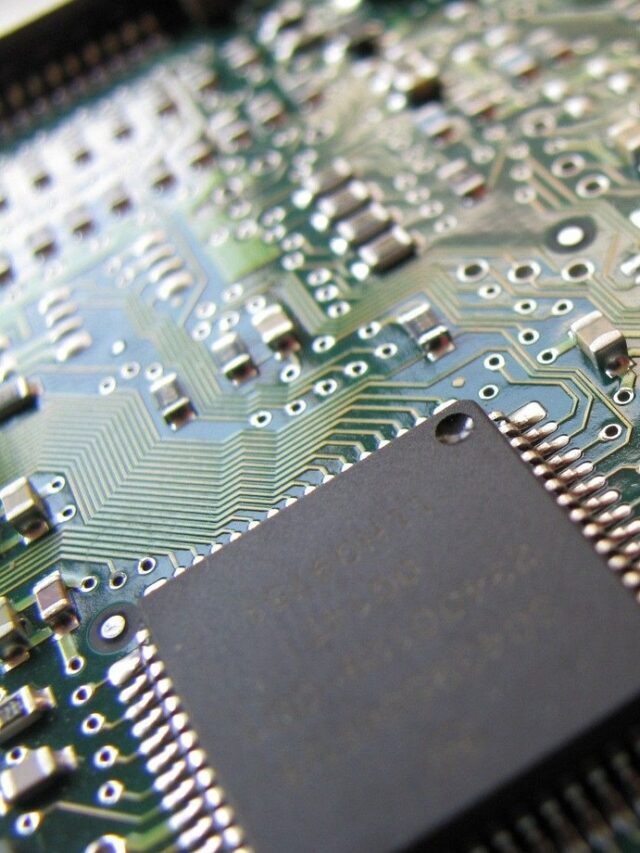Pre-silicon verification is a vital aspect of VLSI (Very Large Scale Integration) design, involving the validation of a design before its physical fabrication.
This step is crucial for ensuring that the design functions correctly and meets its specified requirements. Pre-silicon verification typically includes extensive simulation and analysis using specialized tools and methodologies.
Example-1
one common application of pre-silicon verification is in the validation of combinational logic circuits, such as multiplexers.
A multiplexer is a digital circuit that selects one of several input signals and directs it to a single output. Engineers use hardware description languages like Verilog or VHDL to describe the behavior of the multiplexer.
They then simulate this description to ensure that the multiplexer correctly selects the desired input signal based on the control signal.
Example-2
Another example of pre-silicon verification is in the validation of complex designs, such as microprocessors.
A microprocessor consists of various components, including an arithmetic logic unit (ALU), registers, and control logic. Engineers use hardware description languages to describe the behavior of these components and how they interact.
They then simulate this description to ensure that the microprocessor executes instructions correctly and meets its performance requirements.
During simulation, engineers apply various test vectors to the design to verify its correctness under different conditions. They also perform timing analysis to ensure that the design meets its timing specifications.
The process flow of pre-silicon verification in VLSI design involves several essential steps to ensure the correctness and functionality of the design before its fabrication into silicon. Here is a general overview of the process flow:
Specification and Design: The process starts with defining the design requirements, including functionality, performance, and power consumption. The design is then created using hardware description languages (HDLs) like Verilog or VHDL.
Functional Verification: This step verifies that the design behaves as specified. It includes creating test cases and simulations to ensure that the design performs its intended functions correctly.
Linting: Linting is a static analysis process that checks the design for potential issues such as syntax errors, coding style violations, and design practices that may lead to functional errors.
Clock Domain Crossing (CDC) Analysis: In designs with multiple clock domains, CDC analysis ensures that signals crossing between different clock domains are properly synchronized to prevent data loss or corruption.
Simulation: Simulation is a critical part of pre-silicon verification, where the design is tested using a simulator to verify its functionality under various conditions and corner cases.
Formal Verification: Formal verification uses mathematical algorithms to prove or disprove the correctness of the design with respect to its specifications. It complements simulation by providing exhaustive verification of specific properties of the design.
Code Coverage Analysis: Code coverage analysis ensures that the simulation tests are comprehensive enough to exercise all parts of the design code.
Gate-Level Simulation: After RTL (Register Transfer Level) simulation, gate-level simulation verifies the design’s functionality at the gate level, which is closer to the actual silicon implementation.
Timing Analysis: Timing analysis checks that the design meets its timing requirements, such as setup and hold times, maximum frequency, and propagation delays.
Power Analysis: Power analysis estimates the design’s power consumption to ensure it meets the specified power budget.
Final Design Sign-Off: Once the design passes all verification steps, it is signed off for fabrication, ensuring it meets the specified requirements and is ready for physical implementation.
In summary, the pre-silicon verification process is a thorough and iterative process that ensures the design’s correctness and functionality before fabrication into silicon.
pre-silicon verification is a critical step in the VLSI design process, as it helps identify and correct design flaws and errors before fabrication. This helps to reduce the cost and time required for development.











